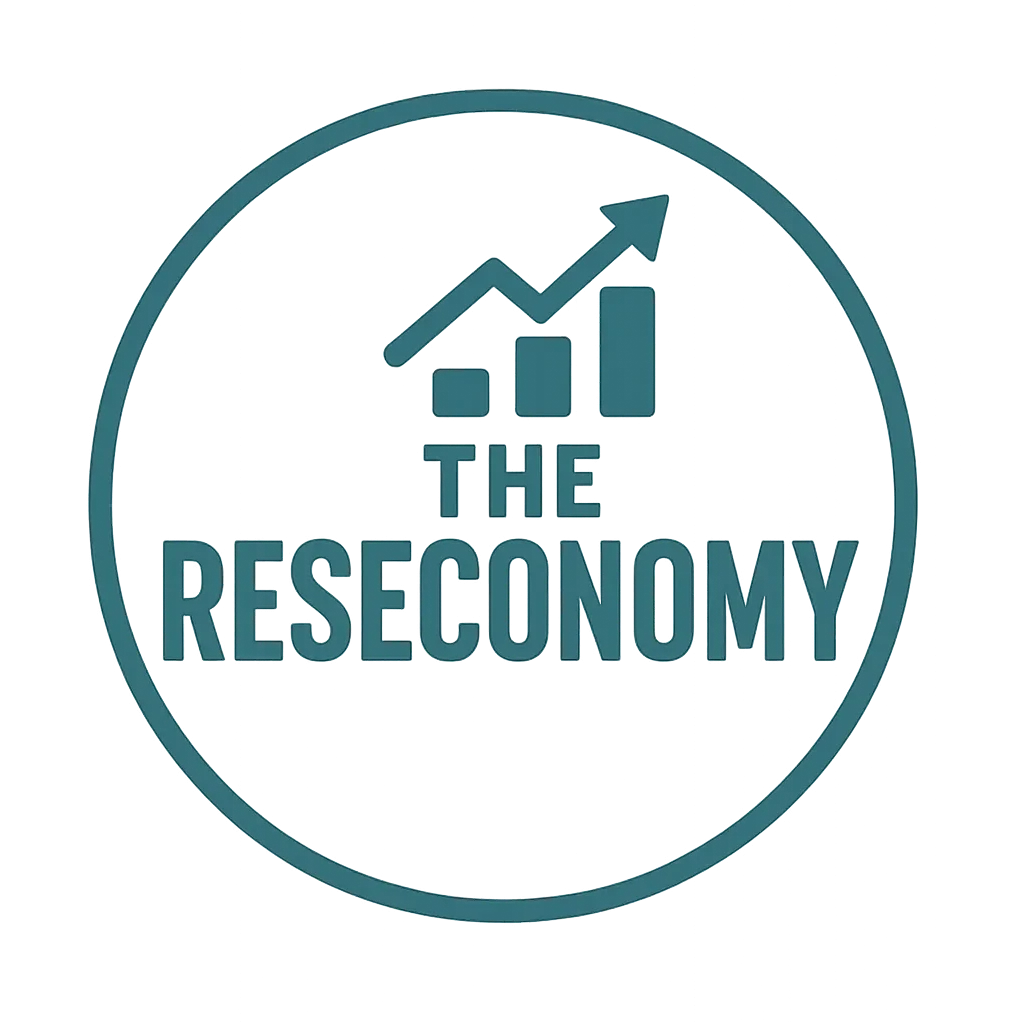In today’s complex and rapidly evolving business landscape, innovation is no longer the sole domain of a dedicated R&D department. Breakthrough ideas and transformative solutions often emerge from the intersection of diverse perspectives and skill sets. This is where the power of cross-functional collaboration comes into play – the strategic act of breaking down silos and fostering teamwork across different departments to spark creativity and drive innovation.
This post delves into the critical importance of cross-functional collaboration for unlocking innovation and provides actionable strategies for organizations to cultivate an environment where diverse teams can come together, share knowledge, and generate groundbreaking ideas.
The Limitations of Siloed Thinking:
Traditional organizational structures often lead to the formation of silos, where departments operate independently with limited interaction. While this can create efficiency within individual teams, it can also stifle innovation by:
- Restricting Information Flow: Valuable insights and perspectives remain confined within departmental boundaries.
- Creating “Not Invented Here” Syndrome: Teams may be resistant to ideas originating from outside their own group.
- Limiting Problem-Solving Perspectives: Complex challenges often require a multi-faceted approach that a single department may lack.
- Slowing Down Decision-Making: Lack of communication and alignment across departments can lead to delays and inefficiencies in the innovation process.
- Duplicating Efforts: Different teams may unknowingly be working on similar problems or solutions.
- Hindering Holistic Understanding: A lack of cross-functional interaction can prevent a comprehensive understanding of customer needs and market opportunities.
The Power of Diverse Perspectives: Why Cross-Functional Collaboration Fuels Innovation:
Bringing together individuals with different backgrounds, expertise, and ways of thinking can ignite a powerful engine for innovation:
- Diverse Skill Sets and Knowledge: Combining the technical expertise of engineering with the market insights of sales and the customer understanding of support can lead to more well-rounded and impactful solutions.
- Fresh Perspectives and Novel Ideas: Individuals from different departments bring unique viewpoints and can challenge existing assumptions, leading to the generation of novel ideas.
- Holistic Problem Solving: Cross-functional teams can tackle complex challenges from multiple angles, leading to more creative and effective solutions.
- Enhanced Understanding of Customer Needs: Collaboration between customer-facing teams and product development can ensure that innovations truly address customer pain points.
- Faster Iteration and Learning: Diverse teams can provide quicker feedback and facilitate faster cycles of experimentation and refinement.
- Increased Buy-in and Ownership: When individuals from different departments are involved in the innovation process, they are more likely to feel ownership and support the implementation of new ideas.
- Breaking Down Mental Barriers: Exposure to different ways of thinking can challenge ingrained assumptions and foster a more open and innovative mindset.
Strategies for Fostering Cross-Functional Collaboration for Innovation:
Creating an environment where cross-functional collaboration thrives requires intentional effort and the implementation of specific strategies:
- Establish Shared Goals and Vision: Clearly articulate the organization’s innovation goals and ensure that all departments understand how their contributions align with the overall vision.
- Create Cross-Functional Teams: Form dedicated teams with representatives from different departments to work on specific innovation projects or initiatives.
- Facilitate Regular Communication and Information Sharing: Implement tools and processes that enable seamless communication and the transparent sharing of information across departments.
- Design Collaborative Workspaces: Create physical or virtual spaces that encourage interaction and spontaneous collaboration between team members from different areas.
- Organize Cross-Departmental Workshops and Brainstorming Sessions: Facilitate structured sessions where individuals from different departments can come together to generate ideas and solve problems.
- Implement Knowledge-Sharing Platforms: Utilize internal wikis, forums, or other platforms to enable employees to share their expertise and learn from colleagues in other departments.
- Rotate Employees Across Departments: Offer opportunities for employees to gain experience in different areas of the business to broaden their perspectives and build cross-functional relationships.
- Recognize and Reward Collaborative Innovation: Acknowledge and celebrate teams and individuals who successfully collaborate across departments to drive innovation.
- Break Down Hierarchical Barriers: Encourage open communication and collaboration at all levels of the organization, regardless of departmental hierarchy.
- Invest in Collaboration Tools: Provide teams with the technology and platforms they need to work together effectively, regardless of their physical location.
- Foster a Culture of Trust and Psychological Safety: Create an environment where individuals feel comfortable sharing ideas, challenging assumptions, and taking risks without fear of judgment.
- Lead by Example: Encourage leaders to actively engage in cross-functional initiatives and model collaborative behaviors.
Unlocking a Culture of Innovation:
Cross-functional collaboration is not just a tactic; it’s a fundamental shift in organizational culture. By breaking down silos, fostering open communication, and empowering diverse teams to work together, organizations can unlock a powerful engine for innovation. This collaborative approach leads to more creative solutions, faster problem-solving, increased employee engagement, and ultimately, a more resilient and competitive organization poised for future success.
How does your organization foster cross-functional collaboration for innovation? What successes or challenges have you experienced? Share your insights in the comments below!
